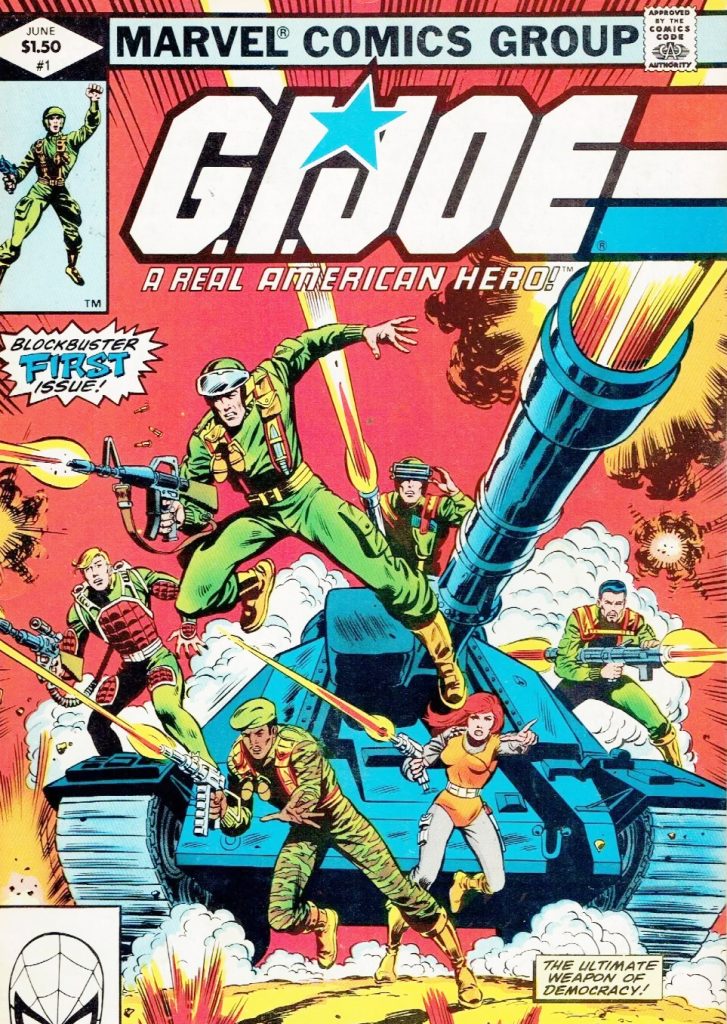The history of the G.I. Joe cartoon is tightly linked to the rise of toy-based animation in the 1980s, creating one of the decade’s most memorable franchises. Beginning as a 12-inch military figure in the 1960s and evolving into a multimedia empire, G.I. Joe is best known for the 1980s animated series that introduced a generation to a specialized team of heroes. This overview highlights the origins, cultural impact, and legacy of the cartoon that helped define American animation and marketing history.
Origins of G.I. Joe: From Toy to Cartoon
Hasbro launched G.I. Joe in 1964 as a 12-inch “action figure,” a deliberate term to distinguish it from dolls and appeal to boys. Early figures represented branches of the U.S. military and reflected the post-WWII/Cold War fascination with service and heroism.
By the 1970s, shifting attitudes during the Vietnam era hurt sales. Hasbro experimented with “adventure team” themes, but the real revival came in the early 1980s when the line was reimagined in a 3.75-inch format—clearly influenced by the success of Kenner’s Star Wars scale and vehicles.
To give the new line story and depth, Hasbro partnered with Marvel Comics in 1982. The comic’s narrative—elite Joes versus the terrorist organization Cobra—proved a hit and laid the groundwork for animated specials that followed in 1983 and, ultimately, a full series.
G.I. Joe: A Real American Hero (1985–1986)
Produced by Sunbow and Marvel Productions, the syndicated series debuted in 1985 and centered on a diverse unit of specialists battling Cobra. The cast was huge and characterful, from Duke, Scarlett, and Snake Eyes to villains like Cobra Commander, Destro, and Zartan. The variety enabled rich episodic adventures and constant fresh product on shelves.
“Knowing is half the battle”
Every episode capped with a short PSA featuring Joe characters delivering quick lessons on safety, honesty, cooperation, and more. These became a cultural signature—positive, parent-friendly, and perfect for a show that needed to balance action with responsibility.
Cross-Media Marketing and the 1980s Landscape
The 1980s saw a looser regulatory environment around children’s programming, enabling tighter linkage between shows and toy lines. G.I. Joe epitomized this synergy: new episodes introduced new characters, vehicles, and playsets that showed up in toy aisles soon after. The cartoon informed the toys; the toys funded more story—an early template for modern multimedia franchises.
Themes and Storylines
At heart, the series staged a stylized conflict between good and evil, emphasizing teamwork, ingenuity, and perseverance. Plots regularly featured outsized Cobra schemes—weather dominators, mind-control tech, exotic super-weapons—countered by the Joes’ advanced gear and tactics. To stay family-friendly, battles used bright laser fire, ejections, and near-misses rather than graphic violence.
G.I. Joe: The Movie (1987)
The direct-to-video feature expanded the mythology, introducing new characters and the Cobra-La backstory for Cobra Commander. While beloved by many fans, it effectively bookended the initial Sunbow era as toy trends shifted in the late 1980s.
Later Revivals and Lasting Legacy
Through the 1990s and 2000s, G.I. Joe returned in new forms—G.I. Joe Extreme, Sigma 6, Renegades—along with live-action films in 2009 and 2013 that reintroduced the brand to a broader audience. The core 1980s series remains a touchstone for toy-cartoon crossovers, influencing how characters, play patterns, and story worlds are launched across comics, TV, film, and games.
For more 80s/90s context, see our looks at Masters of the Universe, M.A.S.K., and Inspector Gadget—each blending narrative and toys in distinct ways.
Further reading
- Marvel’s 1980s G.I. Joe: A Real American Hero comics (for the serialized lore that fed the show)
- Production histories of Sunbow/Marvel animated series
- Industry overviews on 1980s children’s TV and toy marketing
